The innovations and eccentricities coming soon from the Chinese auto industry
China accounts for 75 per cent of new EVs, and new models arrive on a weekly basis. Here are some of the key brands looking to reshape the automotive landscape in the years to come

It doesn’t take a business analyst to realise that Chinese cars are going to become much more of a thing in 2025. But even though many of the country’s plentiful supply brands already up and running in Europe and the US – either under their own steam or through acquired IP, collaborations and partnerships – there are many more companies weighing up the pros and cons.
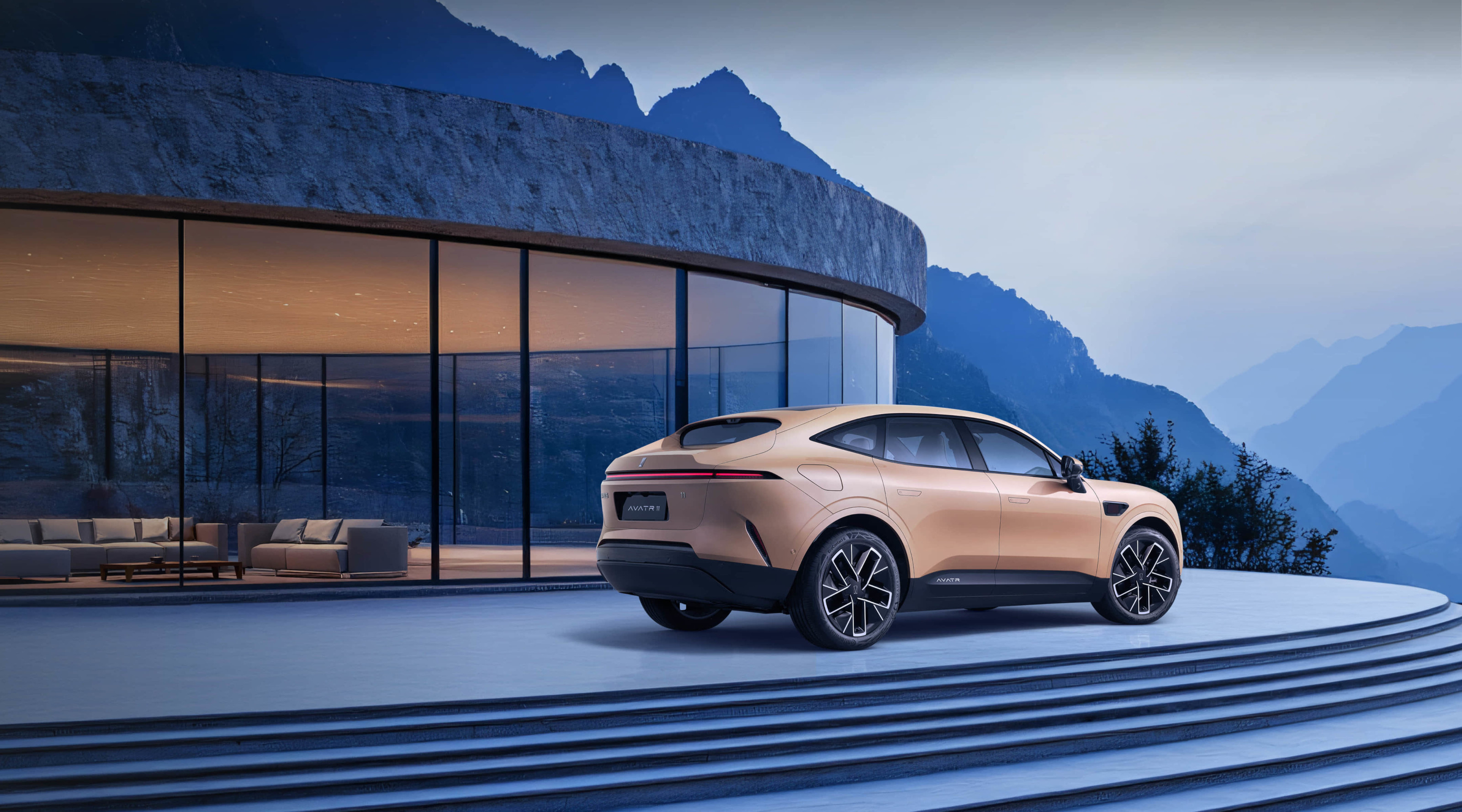
Avatr 11
Up until now, the Chinese car companies that have made the biggest inroad into European and American markets have tended to take existing badges and apply a new high-tech spin – like MG, Lotus, and Smart. Others have arrived with new nameplates – BYD, Nio, Zeekr, Great Wall Motor, for example – while still more manufacturers are readying themselves to enter the market in 2025 or 2026 (Hongqi Auto, Firefly, Omoda, Jaecoo, Yangwang to name a few).

Stelato S9
The Chinese auto industry has made huge strides in innovation, safety, quality and branding in the 2020s and the country’s early and autocratically driven pivot to EVs gave it a huge head start on the technology, both in terms of home-grown brands and in the factories it runs for foreign manufacturers.
Today, over three-quarters of all EVs sold go to China, and a substantial proportion of these are built there as well. However, punitive import tariffs are coming from both the EU and the USA, spannering the sales projections of many Europe-based brands that rely on Chinese production, including Mini, Polestar and Lotus.
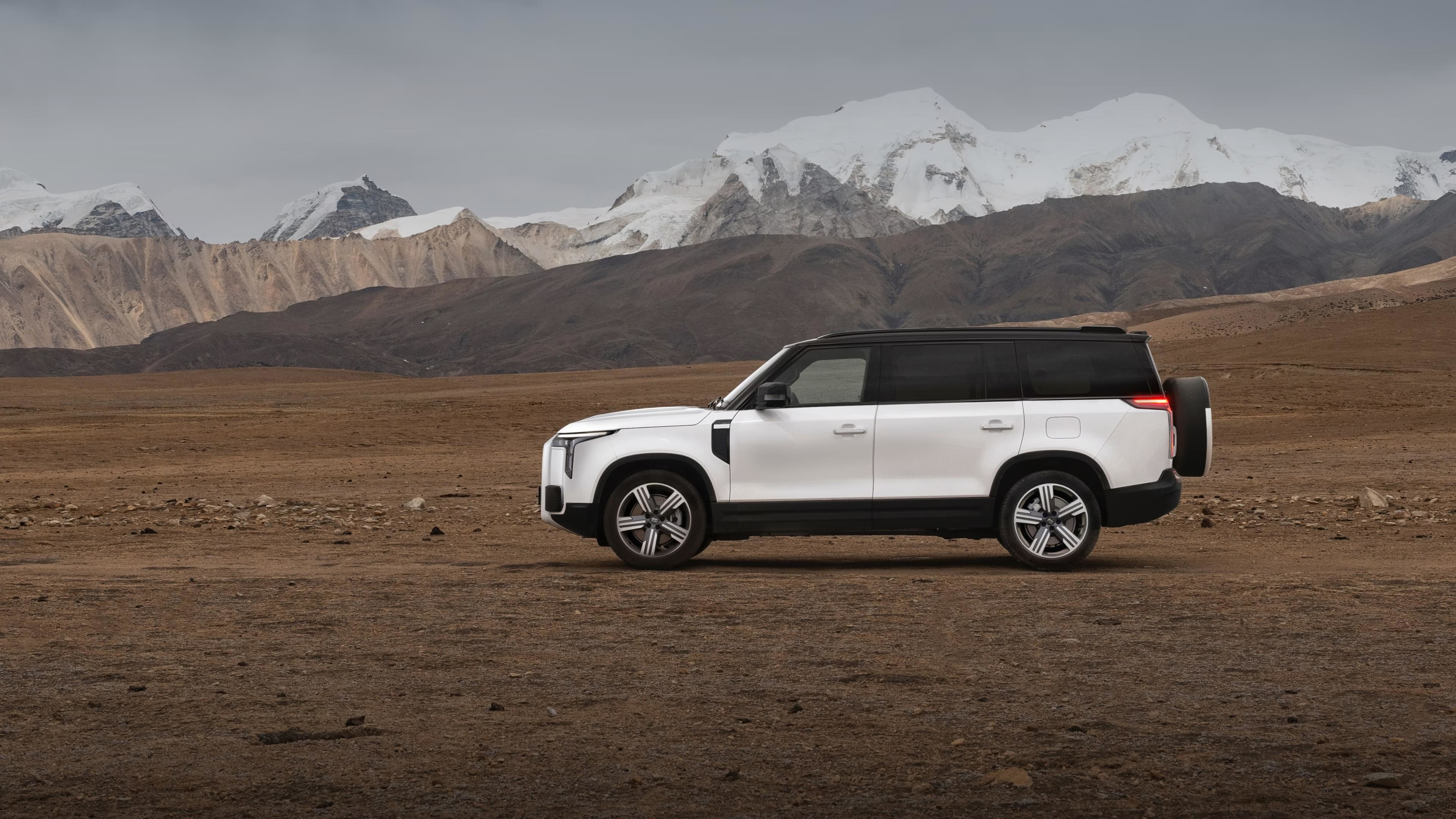
Rox 01
To the outsider, the Chinese motor industry is a dense thicket of partnerships, alliances, sub-brands, collaborations, platform-sharing and general confusion. In fact, most of the major Chinese car makers are partnered in some way or another with a Western manufacturer – it was a condition of doing business when the market opened up in the 1970s and 1980s.
SAIC Motor works alongside VW and GM, BAIC works with Hyundai and Mercedes, Dongfeng with Nissan, Honda and others. That’s not the whole story, because each conglomerate also has layers of brands and sub-brands, helped by the ease of electric platform sharing and cross-industry partnerships from big players in tech like Xiaomi and Huawei.

Dongfeng Box
And don’t forget – these are just the models that match or exceed our current expectations for how a contemporary car should feel and perform. There are myriad tiny manufacturers making equally tiny cars for China’s vast rural population. Huge sellers like the Wuling Hongguang Mini EV will never break into legislatively prohibitive markets like the EU or the US, however much they tempt with their tiny footprints and low, low costs.
Wallpaper* Newsletter
Receive our daily digest of inspiration, escapism and design stories from around the world direct to your inbox.
Here's our rough guide to new models and new brands from China that might soon become a whole lot more familiar.
Nio ET9

Nio ET9
Nio has launched its new ET9, a ‘land jet’ styled executive flagship, 5.3m long, stuffed with sensors for autonomous driving, with active aerodynamics, self-closing doors and a four-seat layout for maximum personal space.

The interior of the Nio ET9
In this, its tenth-anniversary year, Nio is also creating Firefly, a new affordable brand that will start with this compact EV. Bearing a distinct resemblance to the defunct Honda E, the Firefly is intended as a youth-focused company.
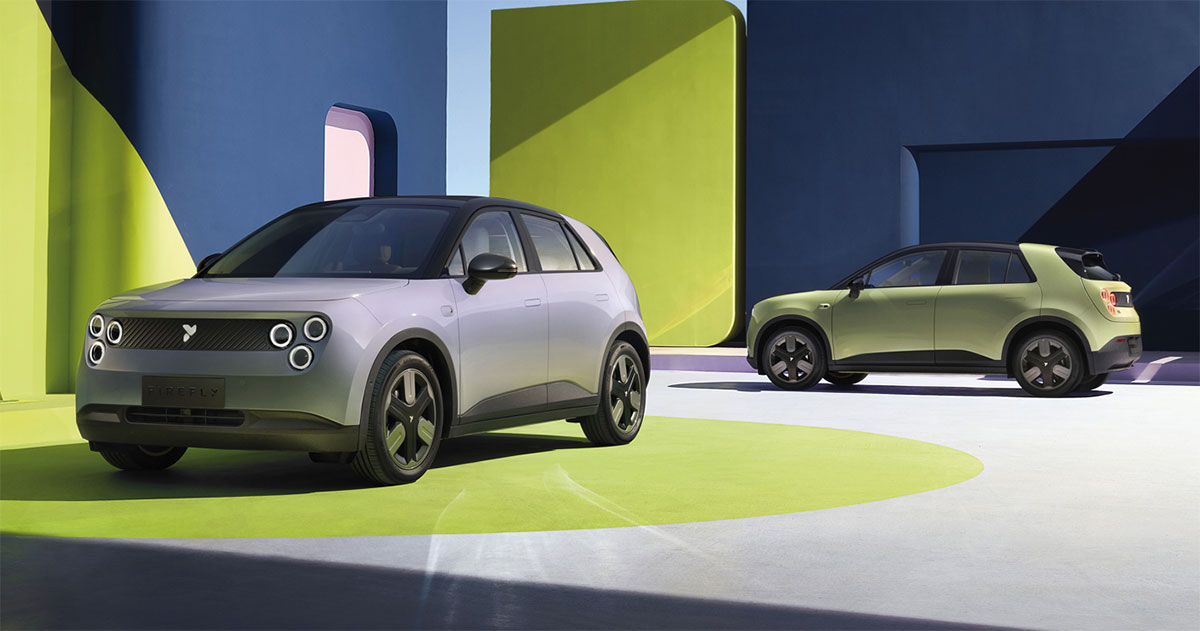
Avatr 11
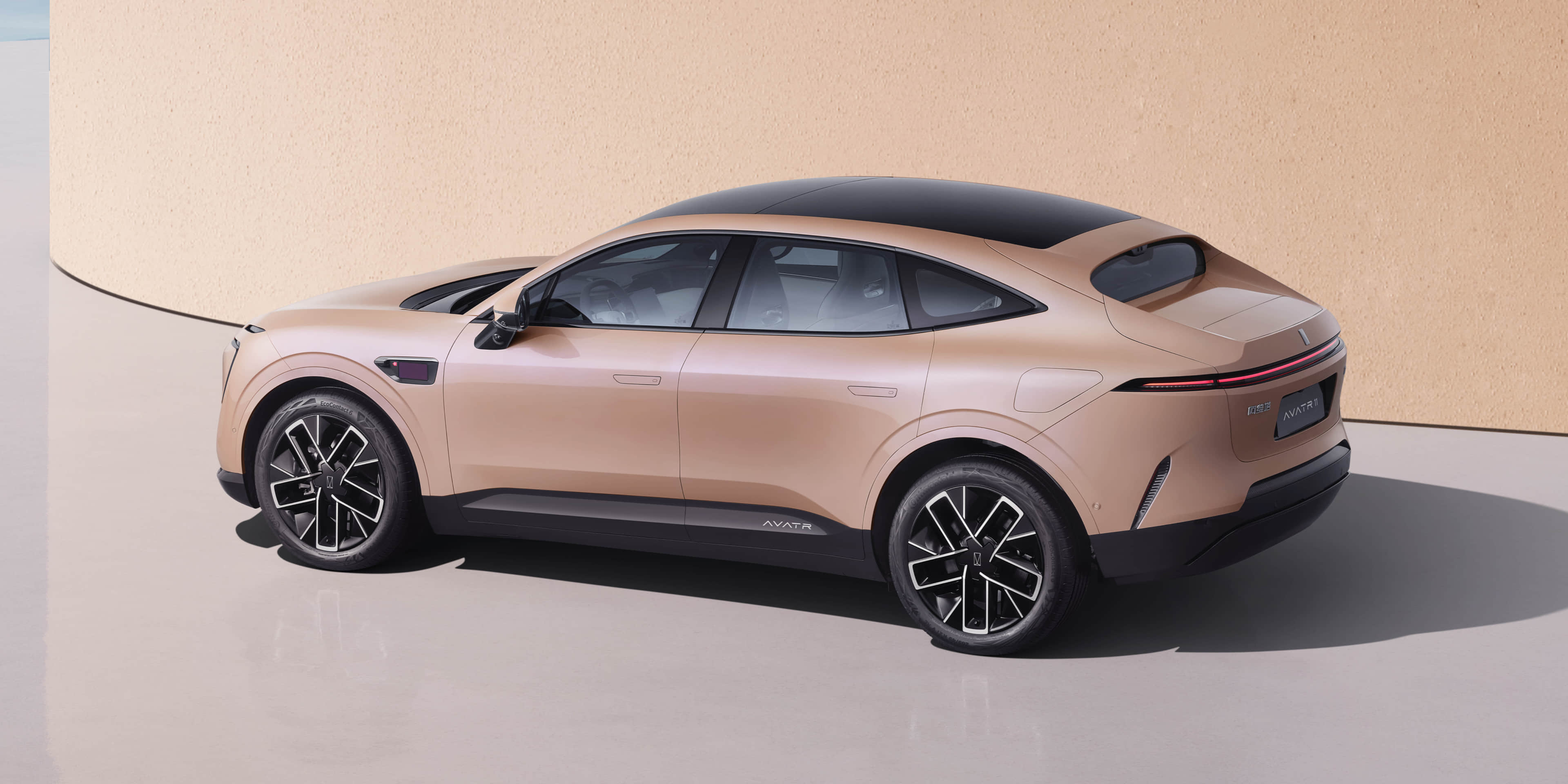
Avatr 11
Avatr Technology, a tie-in between Huawei and Changan Automotive, builds a number of China-only models, the 06, 07, 11 and 12. The company claims the 11 SUV is ‘inspired by spacecraft’, with innovations that include a message screen set beneath the windscreen (to ‘showcase your personality’), a luxurious interior with screens powered by Huawei's HarmonyOS, and a choice of powertrain offering up to 815km range (506 miles) on the generous China Light-Duty Vehicle Test Cycle (CLTC).
Li MEGA by Li Auto
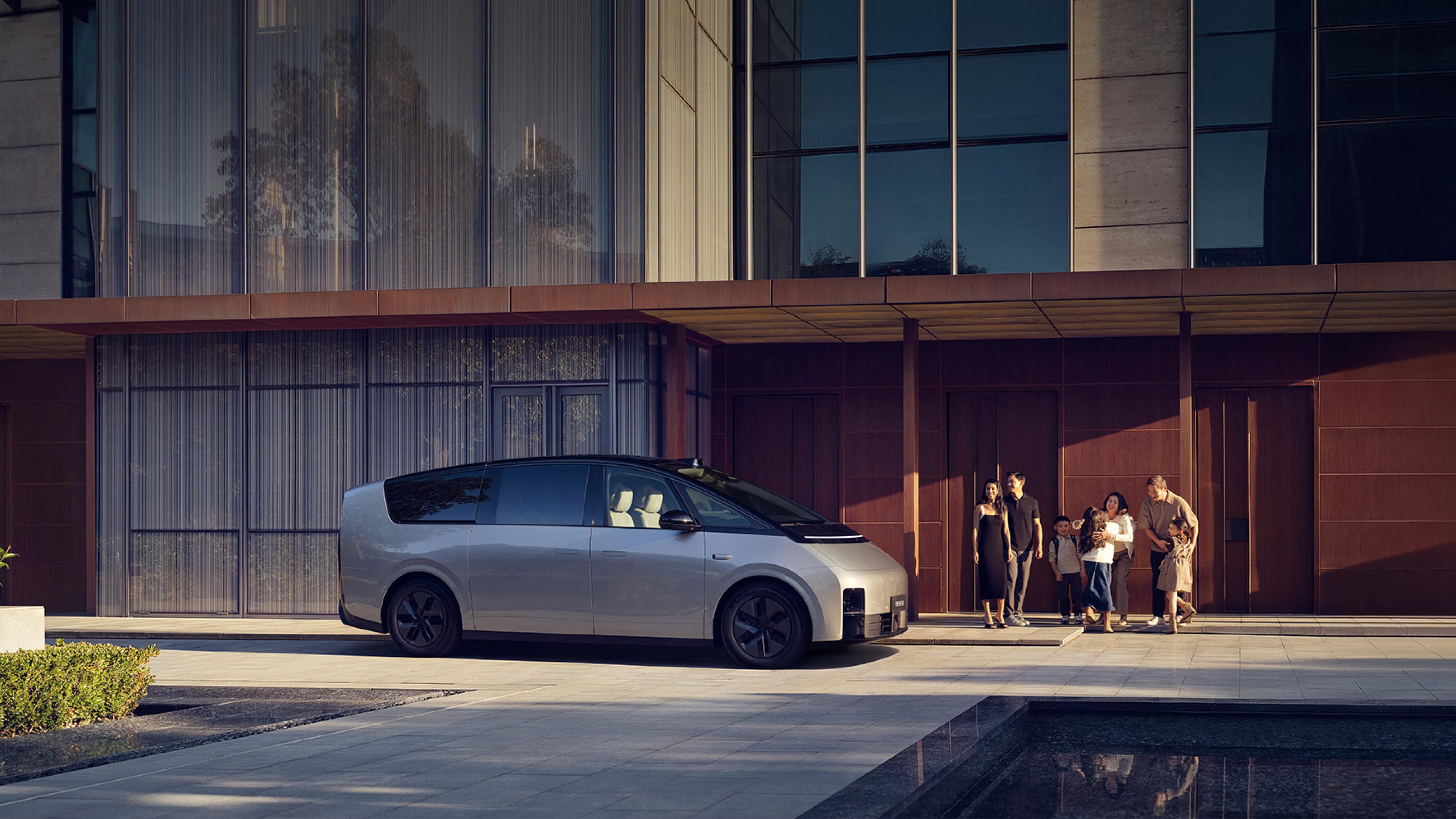
Li MEGA by Li Auto
The Li MEGA is a highly streamlined family MPV, the high-tech flagship of the Li Auto company. At 5.3m long, the MEGA lives up to its name, with a reconfigurable seven-seat interior, including the ability to turn the second and third rows into a full-size bed. All seven seats have heating, and the first and second rows have a massage function, testament to the emphasis on luxury and quality seen across the Chinese market. The MEGA has a 710km (441 mile) range.

Li MEGA by Li Auto
Yangwang U9

Yangwang U9
BYD’s upmarket Yangwang brand sells the U7 sedan, U8 SUV and U9 supercar, all of which are positioned above the company’s other models and sub-brands. The latter has Western sports car manufacturers intrigued and alarmed; the pure electric supercar is said to be capable of 309 km/h with a 0 to 100 km/h spring of just 2.36 seconds and will be priced at 1.68 million RMB (c£182,000).
Xpeng P7+
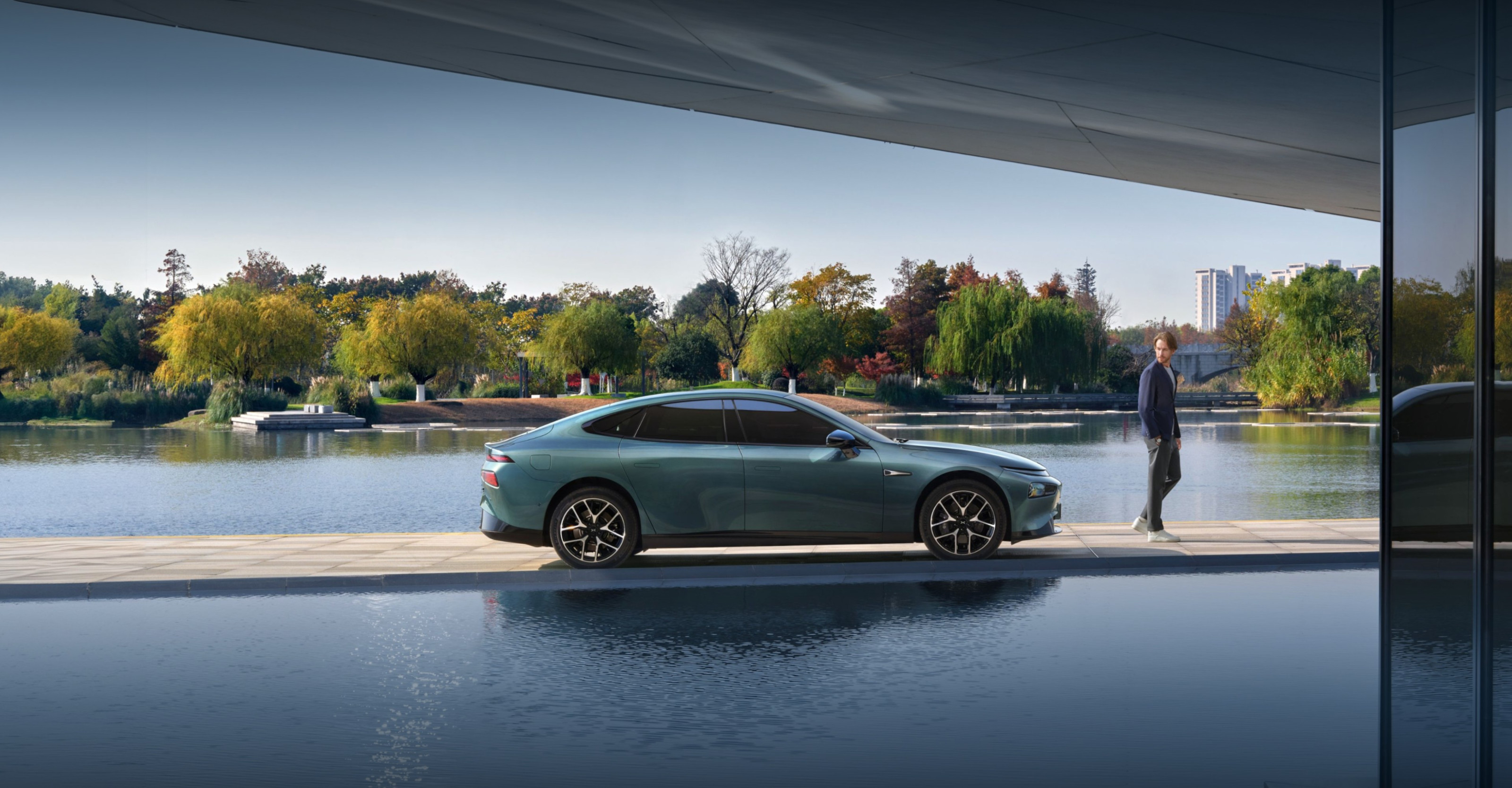
Xpeng P7+
A sleek if slightly generic sedan, the Xpeng P7+ is described by the company as the ‘world’s first AI-defined vehicle’. In practice, that means an onboard personal assistant as well as a fully-functional ADAS (Advanced driver-assistance system), at least in China.
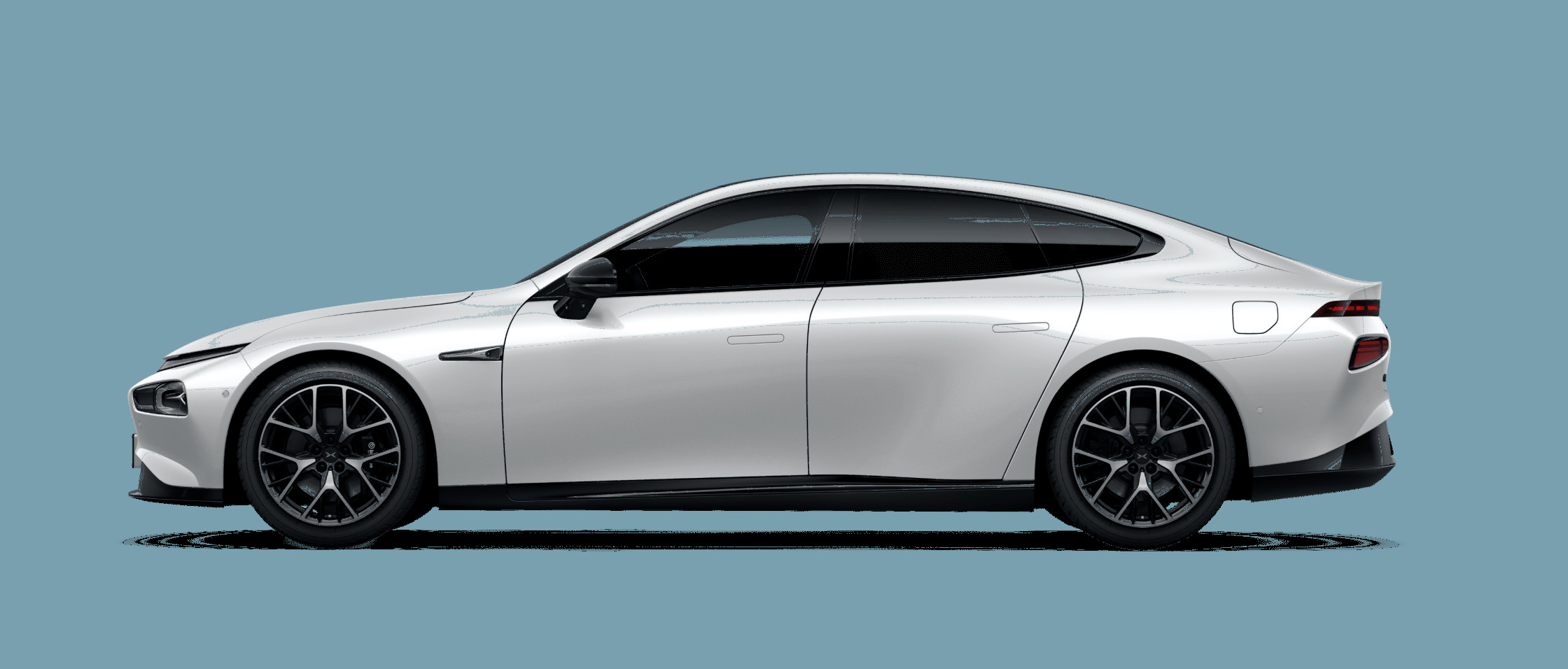
Xpeng P7+
The company showed the car at this year’s Paris Auto Salon with a view to entering the European market soon; Germany could be the first company to get on board with the use of the car’s ‘Navigation Guided Pilot’ on motorways.
Stelato S9

Stelato S9
Huawei has other automotive ambitions in addition to Avatr, part of a series of link-ups known as the Harmony Intelligent Mobility Alliance (HIMA) that dovetails its tech expertise into platforms developed by key manufacturers. This time it’s worked with BAIC BluePark to launch the Stelato brand, led by its flagship model, the S9 sedan.
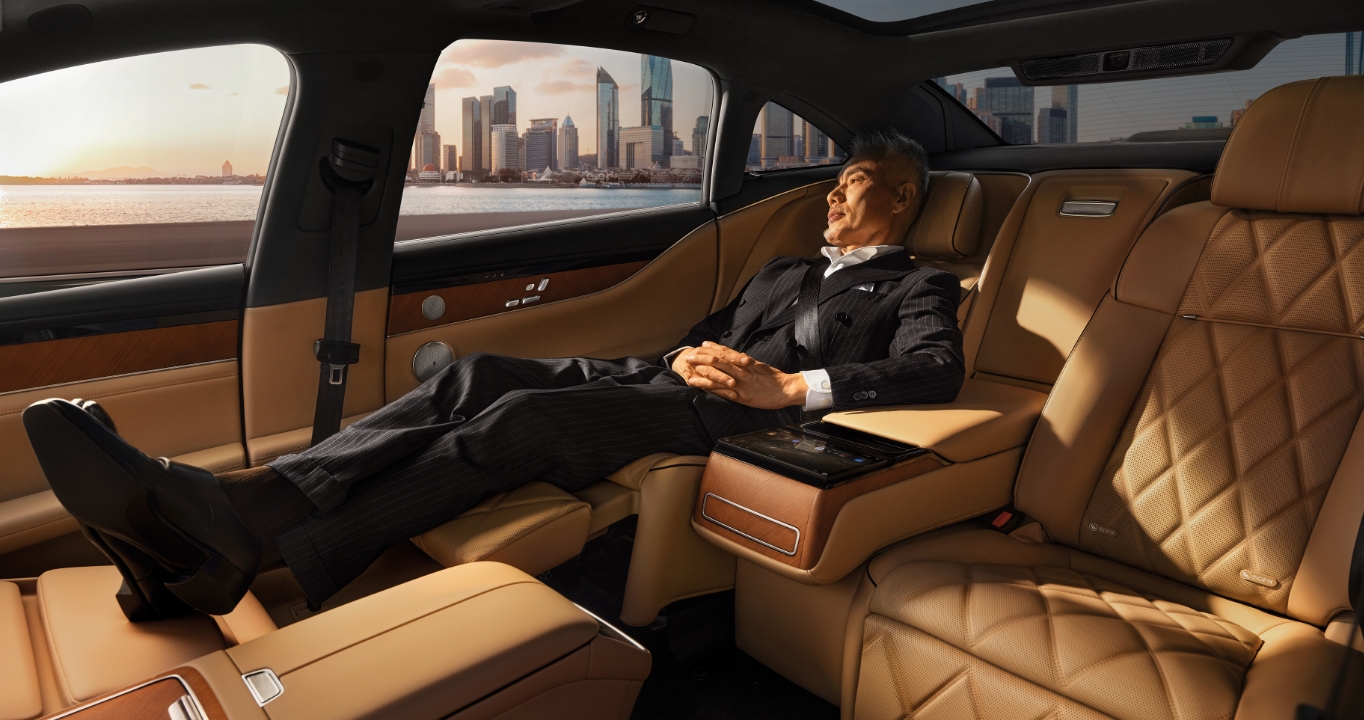
Inside the Stelato S9
The emphasis here is firmly on luxury and refinement, with a spacious, leather-clad interior, four reclining chairs, wooden trim on the doors and dash, and even a drop-down projection screen for the rear seats.
Luxeed S7
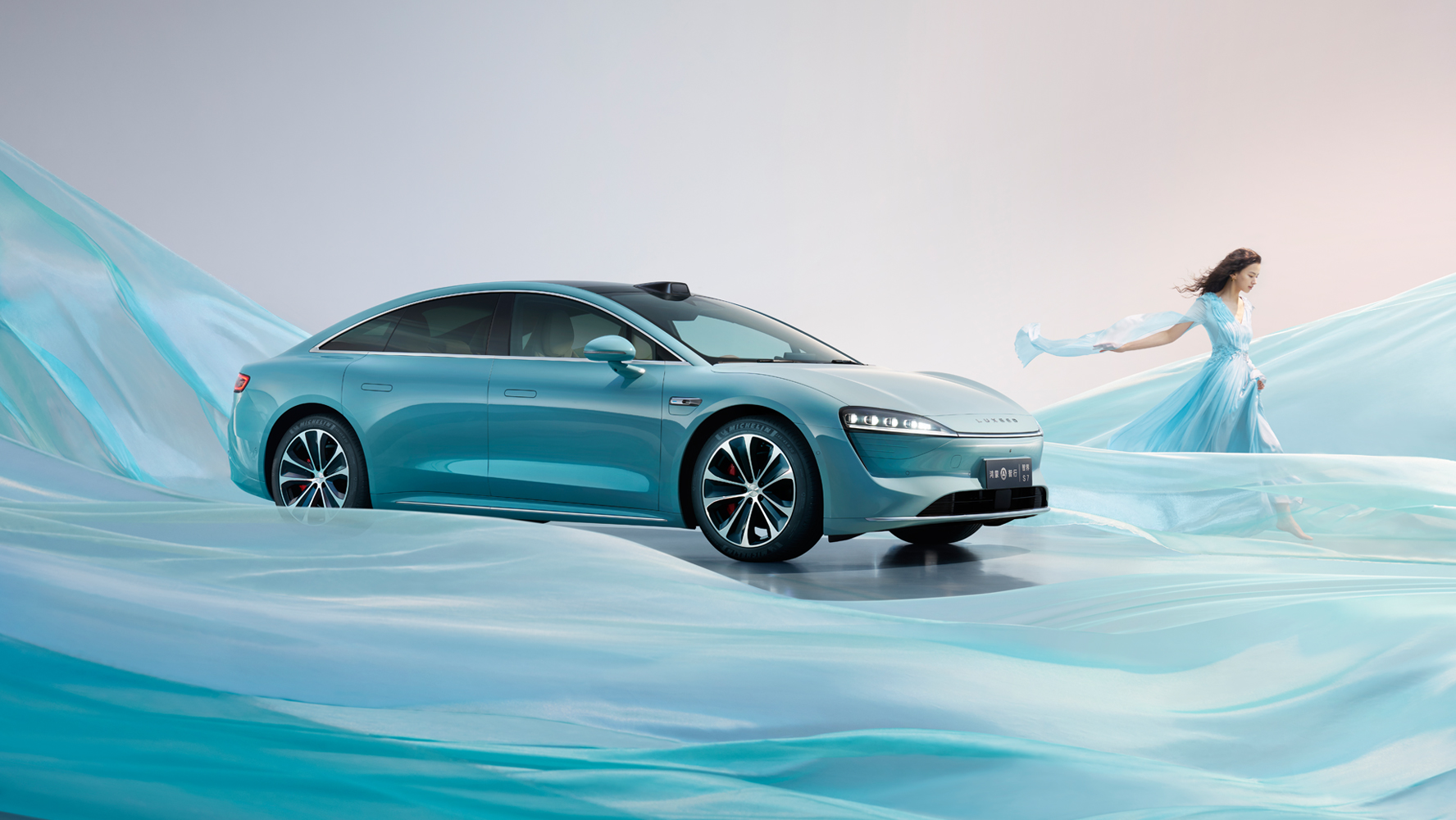
Luxeed S7
Yet another Huawei offshoot, Luxeed’s S7 has strong similarities to the Stelato S9. The partner here is Chery and it’s not immediately apparent what sets the S7 apart from the S9 save for a slightly longer wheelbase in the latter. There’s also the high-riding R7, which has similar styling cues, but a range extender paired with a combustion engine.

Luxeed S7
Huawei is also involved in the AITO SUV brand, a name which stands for ‘Adding Intelligence to Auto'.
Maextro S800

Maextro S800
Finally, there’s Maextro, the last of the four brands from Huawei’s HIMA scheme, this time in collaboration with JAC. Where the Stelato S9 is aimed at the Mercedes S-Class, the Maextro S800 goes up a notch to target Maybach and Bentley.

Maextro S800
At nearly 5.5m long, this is very much a chauffeur-driven car, with its oversized passenger compartment reflected in the silhouette. Twin-tone bodywork apes high-end Western fashions, but the S800 should pack either a pure electric powertrain or a range extender model.
Hyptec SSR

Hyptec SSR
Hyptec is the premium arm of GAC International, which manufacturers nearly half a million EVs every year, alongside the more mass-market Aion brand. The SSR was Hyptec’s first product, a scissor-doored electric sports car that’s also available in an ‘Ultimate Track’ edition with all wheel drive and a sub two-second sprint to 100km/h.
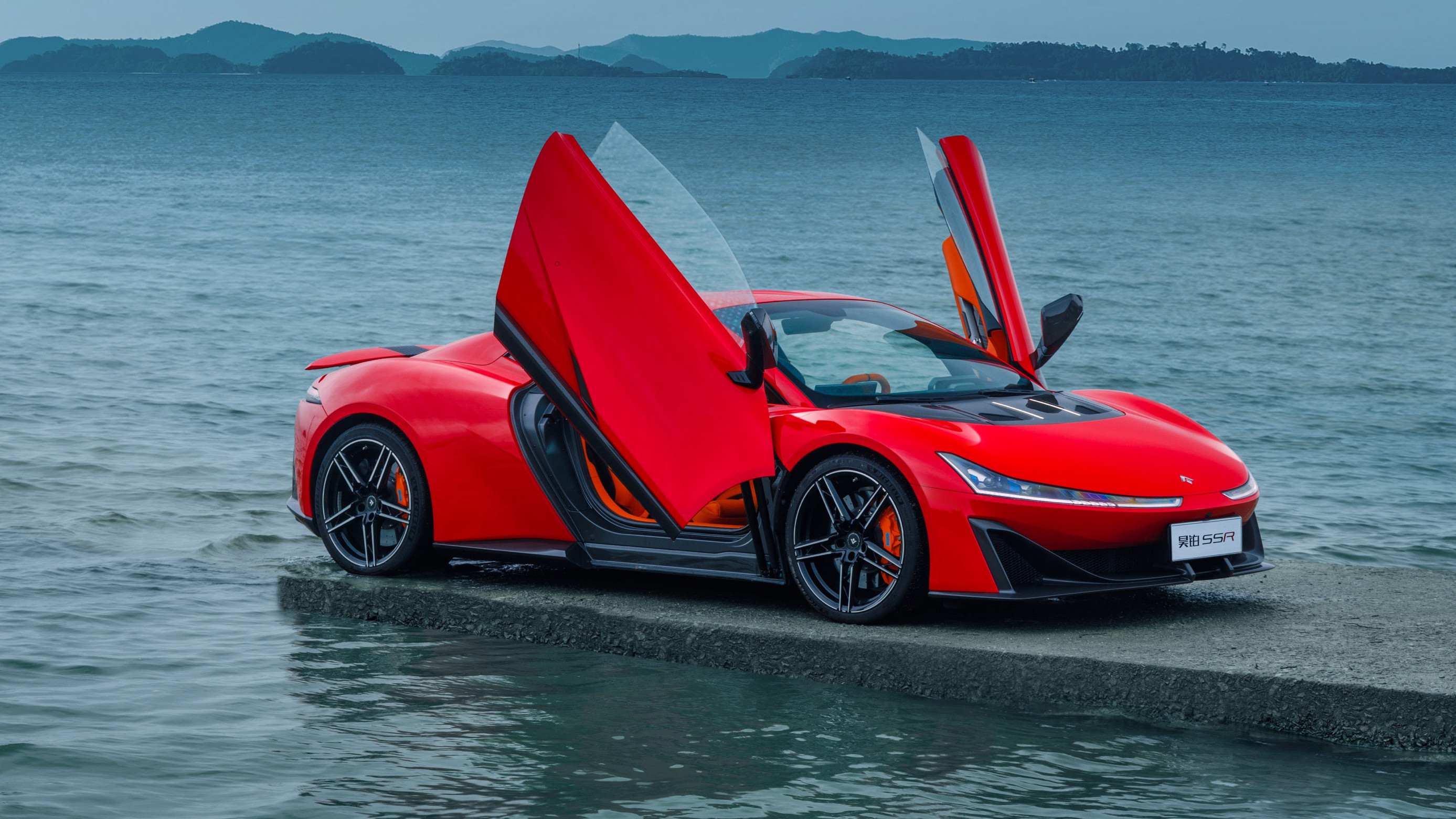
Hyptec SSR
Rox 01
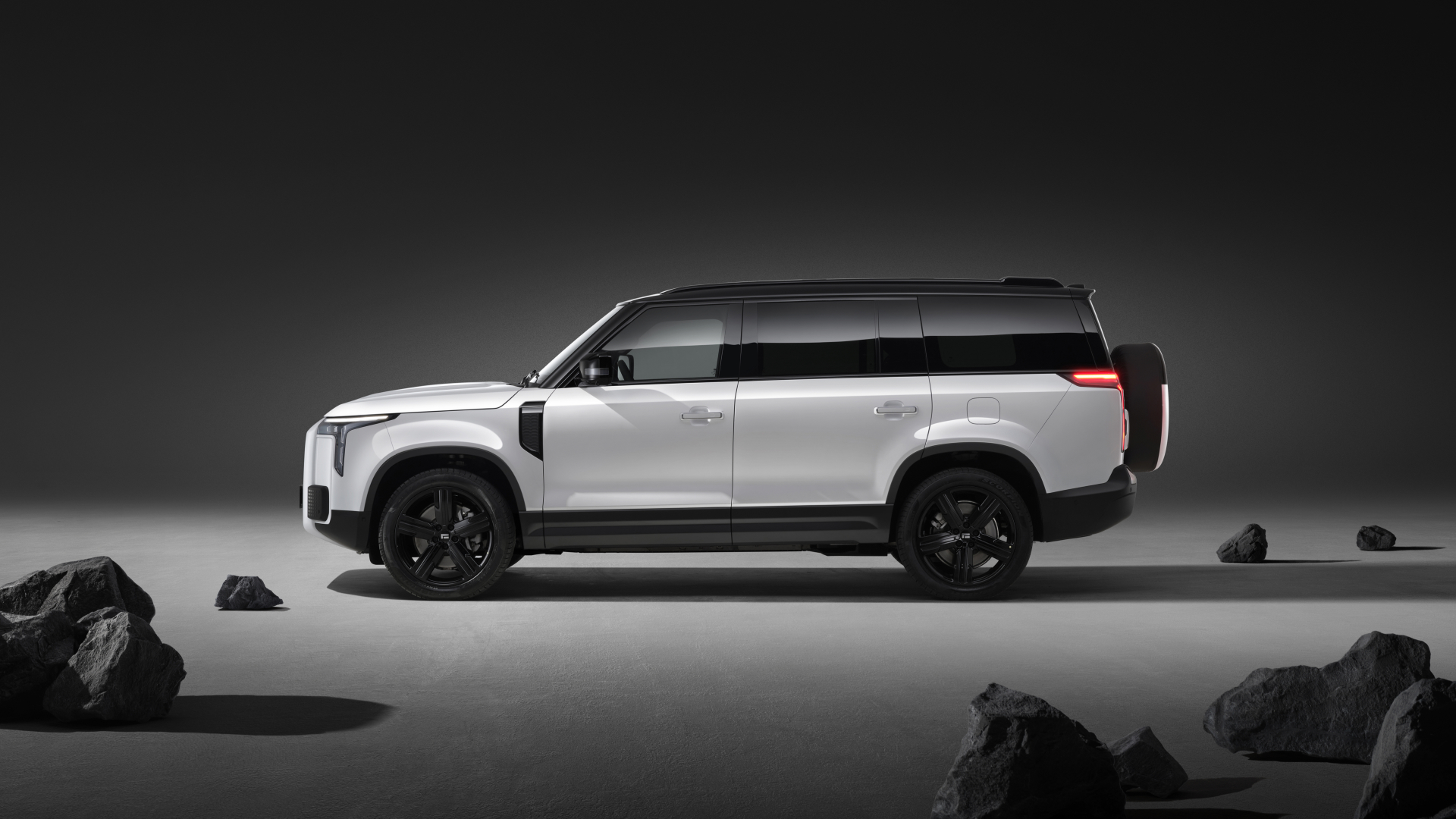
Rox 01
Rox Motor will have Land-Rover’s lawyers reaching for their briefs (if they haven’t already been completely deflated by past battles in China). The 01 is a ‘luxury all-terrain SUV’ with an uncanny resemblance to the new era Land-Rover Defender.
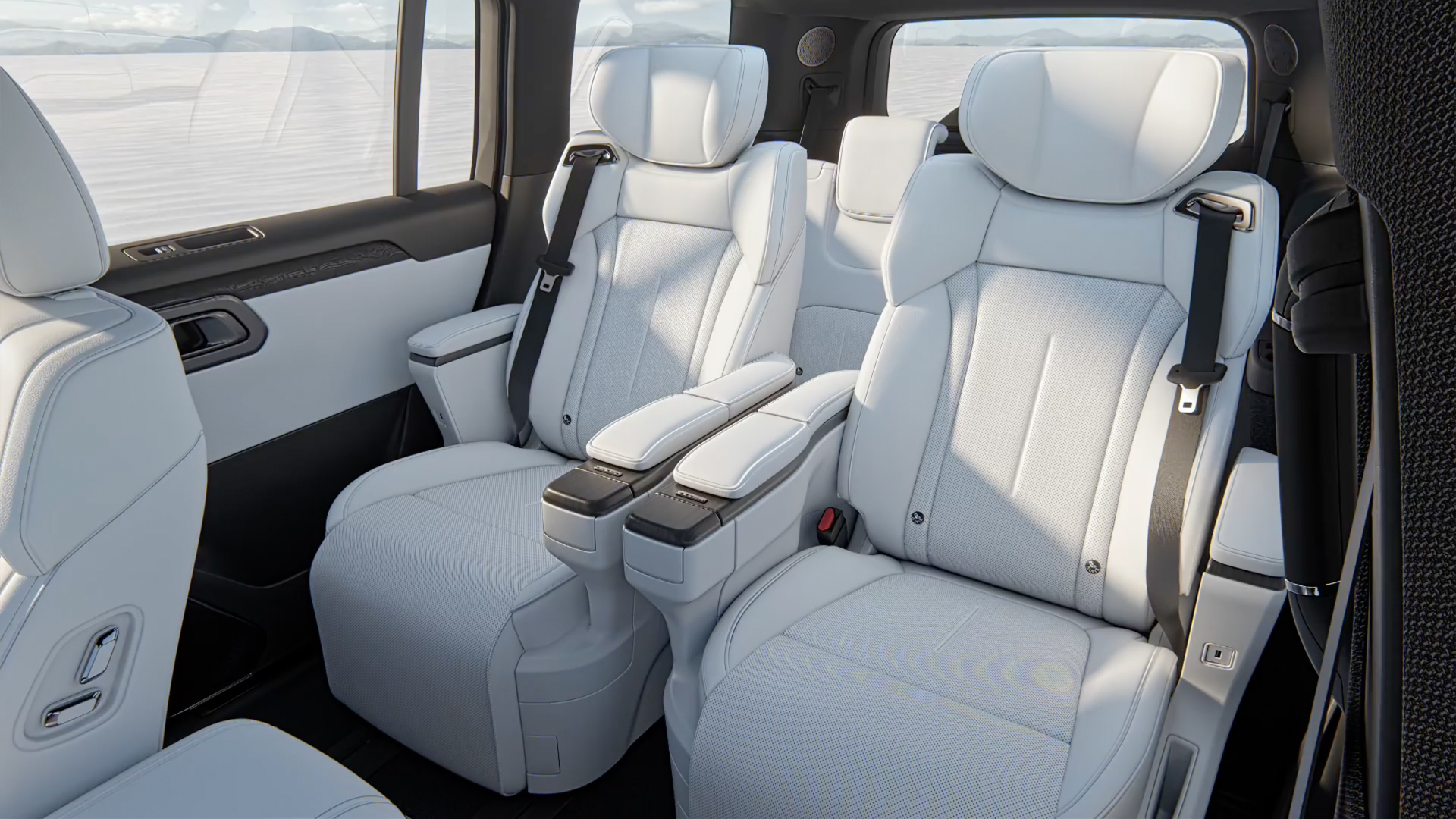
Inside the Rox 01
With a range extender powertrain giving 235km of pure electric range and a total range of 1,115km, the 01 has a six or seven-seat interior configuration and squared off bodywork and detailing.
Xiaomi SU7
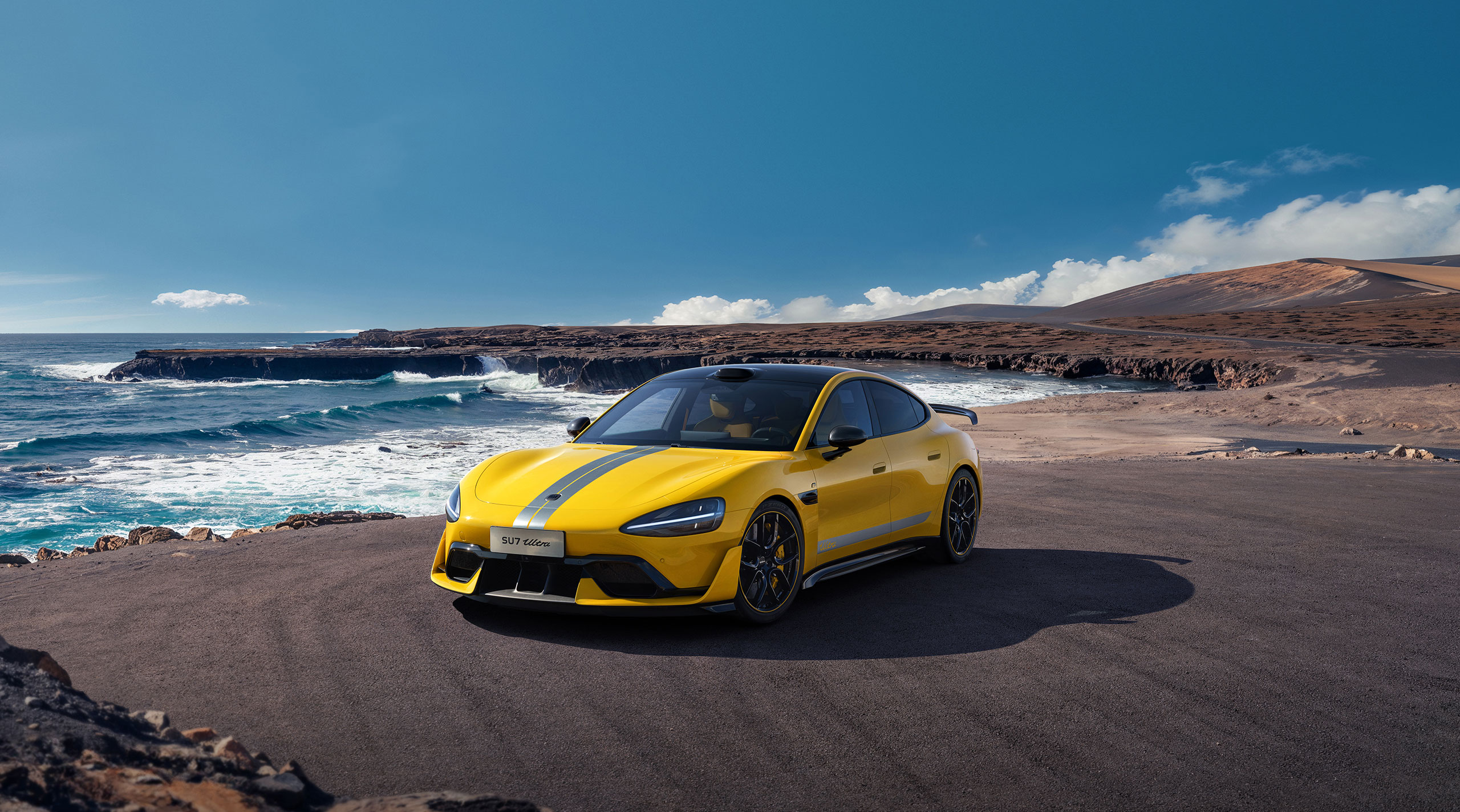
Xiaomi SU7 Ultra edition
Xiaomi is another tech company with its origins in telecoms and its heart set on transport futures. The smartphone maker started Xiaomi Auto in 2021 and its first car, the all-electric SU7 sports sedan, went on sale in late 2023 to general acclaim. Bearing quite a strong resemblance to the Porsche Taycan, especially in profile, the SU7 was joined by the hardcore SU7 Ultra model this Autumn.
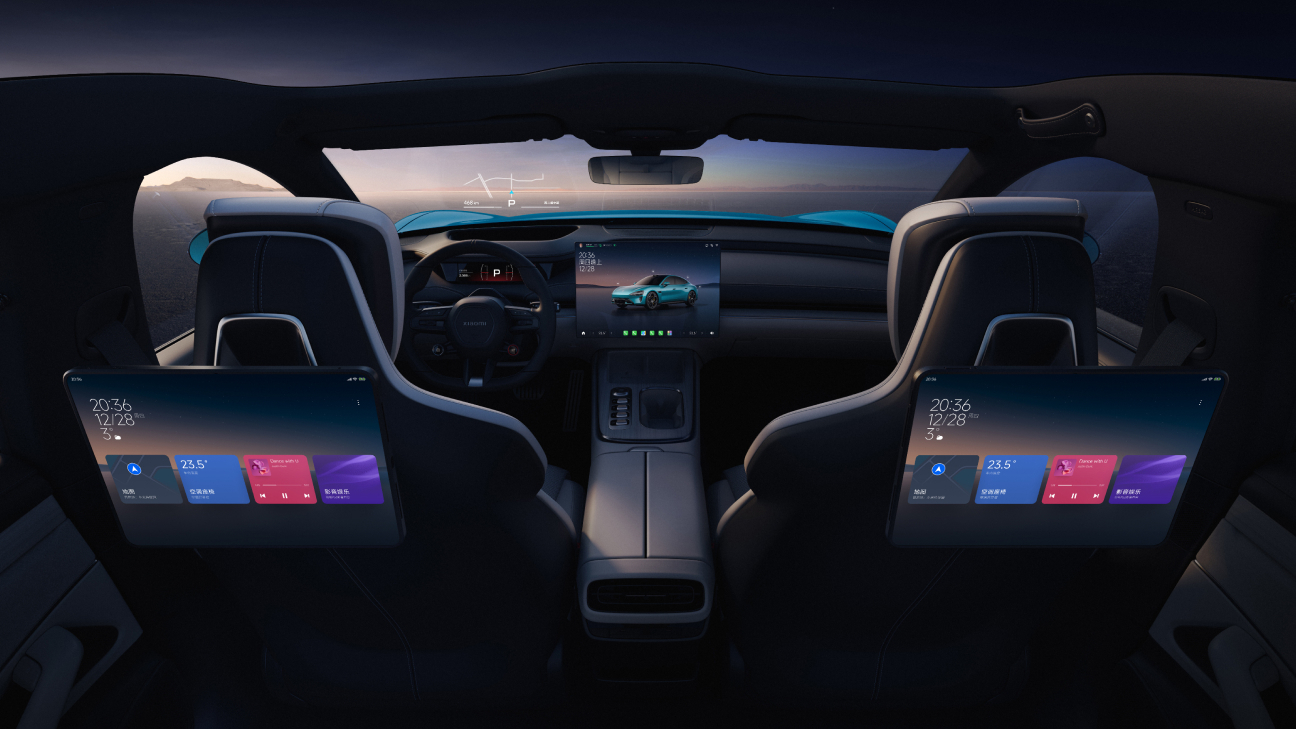
Inside the Xiaomi SU7
With the same four seats and full creature comforts as the ‘standard’ car, the Ultra model is claimed to have a top speed of over 350 km/h (217 mph).
iCar v23
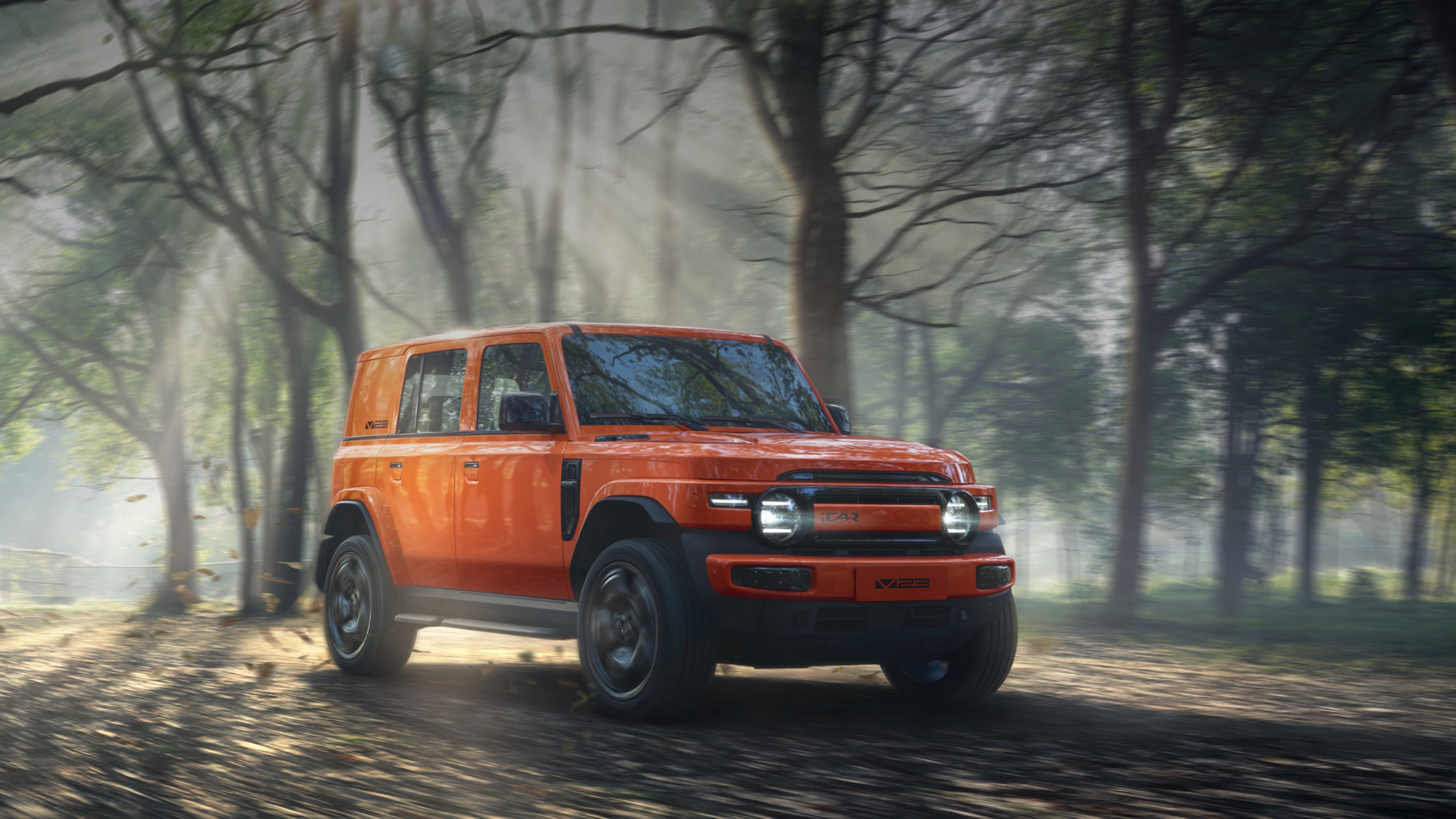
iCar v23 SUV
Founded in 1997, Chery is a relative veteran of the Chinese car industry. In addition to its own brand products, the company launched the iCar sub-brand in 2023 to specialise in youth-centric SUVs.
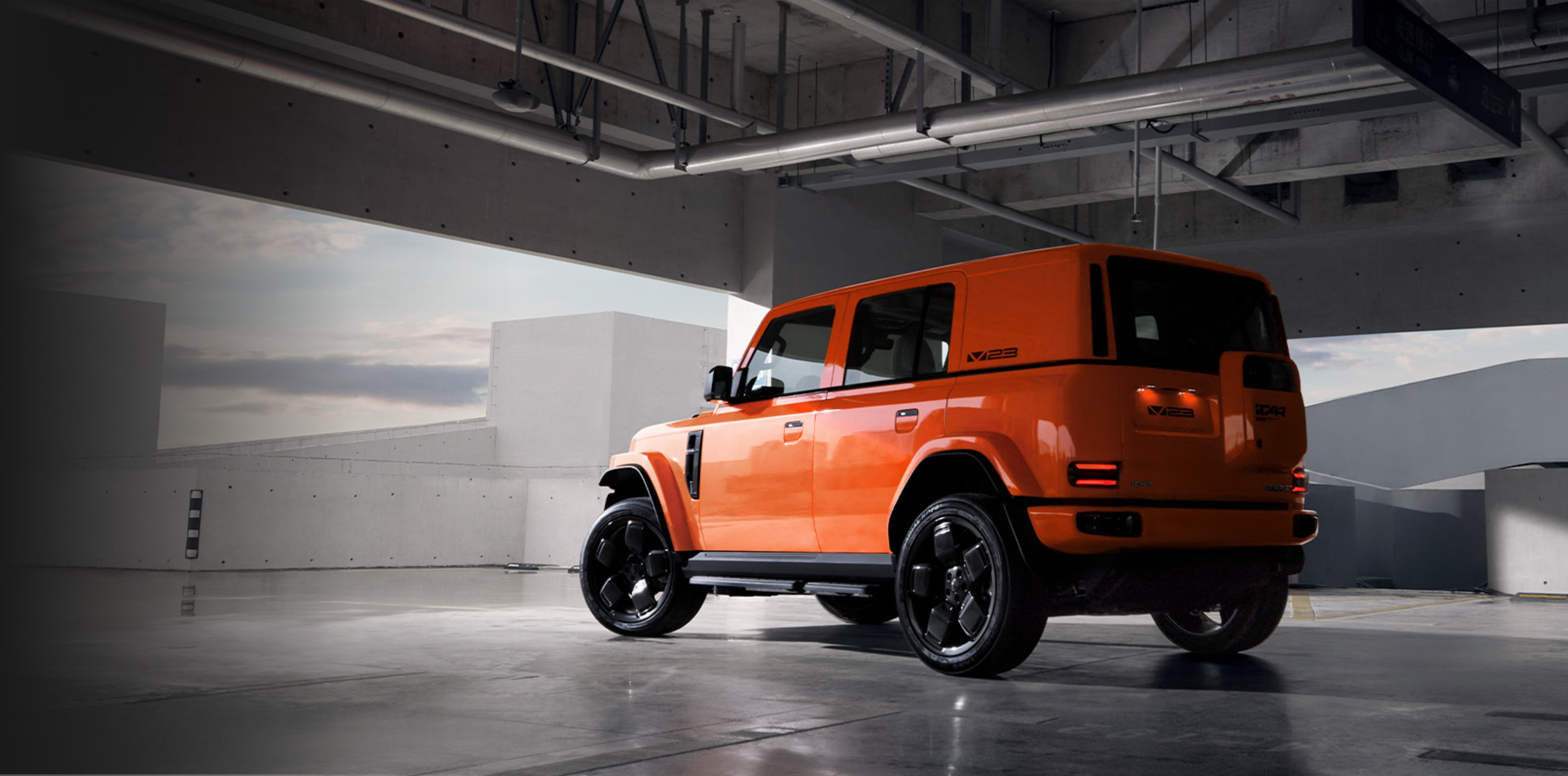
iCar v23 SUV
The new iCar v23 electric off-roader goes on sale this month, with a bright, strong graphic identity, chunky detailing and clear inspiration from Jeeps and Japanese off-roaders.
Dongfeng Box
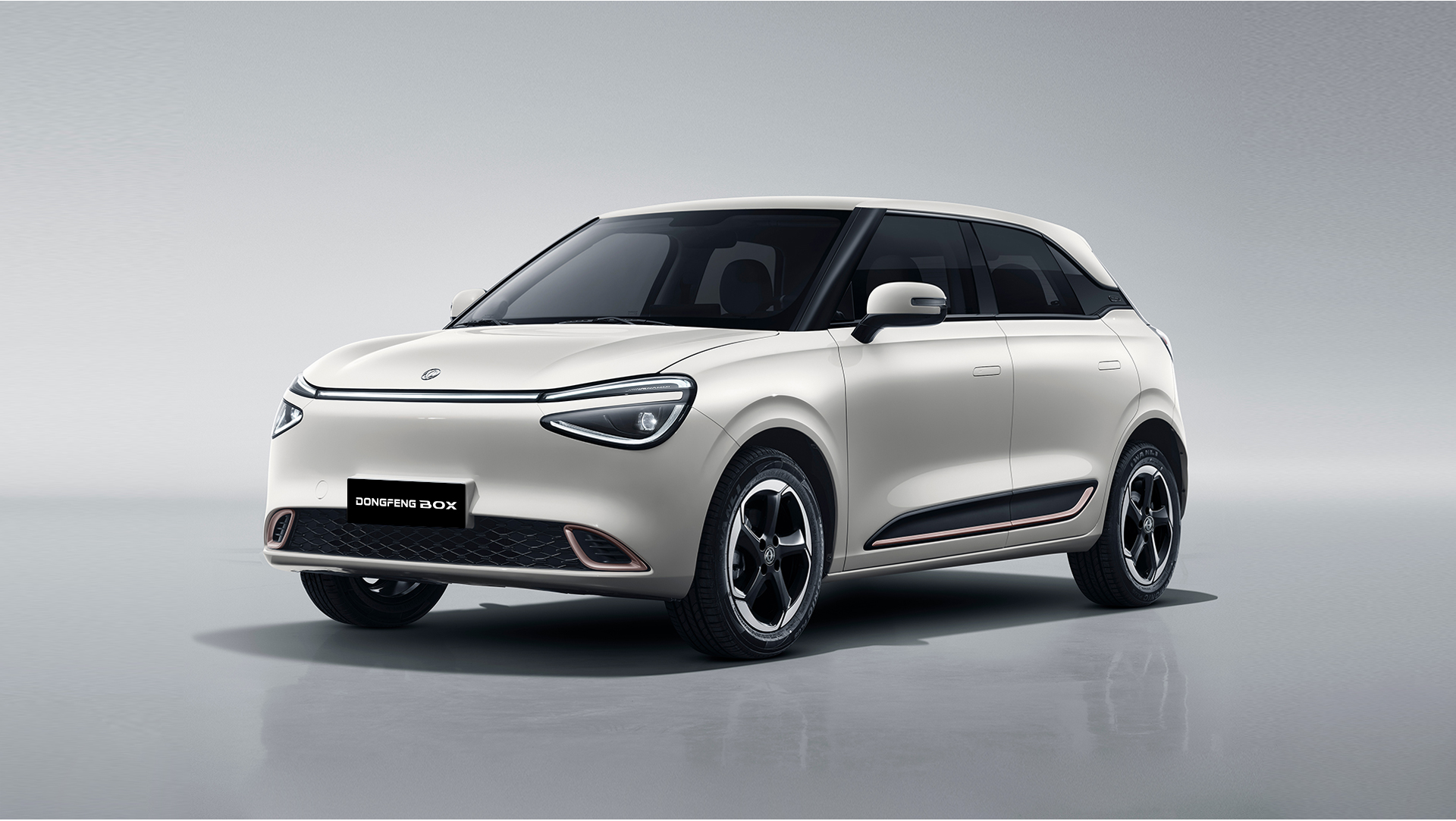
Dongfeng Box
The compact Dongfeng Box is exactly the type of affordable, small EV that would flourish in the European marketplace if trading conditions allow – hence, perhaps, the imposition of tariffs. Dongfeng, which also makes the Voyah and MHero brands, have put together a coherent package that draws on a number of influences, with an impressive 430km range. Currently on sale in Switzerland for just CHF 21,990, the company also has plans for a European factory.
Dongfeng-Global.com, Dongfeng-Nammi-Box.ch
Jonathan Bell has written for Wallpaper* magazine since 1999, covering everything from architecture and transport design to books, tech and graphic design. He is now the magazine’s Transport and Technology Editor. Jonathan has written and edited 15 books, including Concept Car Design, 21st Century House, and The New Modern House. He is also the host of Wallpaper’s first podcast.
-
 Warp Records announces its first event in over a decade at the Barbican
Warp Records announces its first event in over a decade at the Barbican‘A Warp Happening,' landing 14 June, is guaranteed to be an epic day out
By Tianna Williams
-
 Cure your ‘beauty burnout’ with Kindred Black’s artisanal glassware
Cure your ‘beauty burnout’ with Kindred Black’s artisanal glasswareDoes a cure for ‘beauty burnout’ lie in bespoke design? The founders of Kindred Black think so. Here, they talk Wallpaper* through the brand’s latest made-to-order venture
By India Birgitta Jarvis
-
 The UK AIDS Memorial Quilt will be shown at Tate Modern
The UK AIDS Memorial Quilt will be shown at Tate ModernThe 42-panel quilt, which commemorates those affected by HIV and AIDS, will be displayed in Tate Modern’s Turbine Hall in June 2025
By Anna Solomon
-
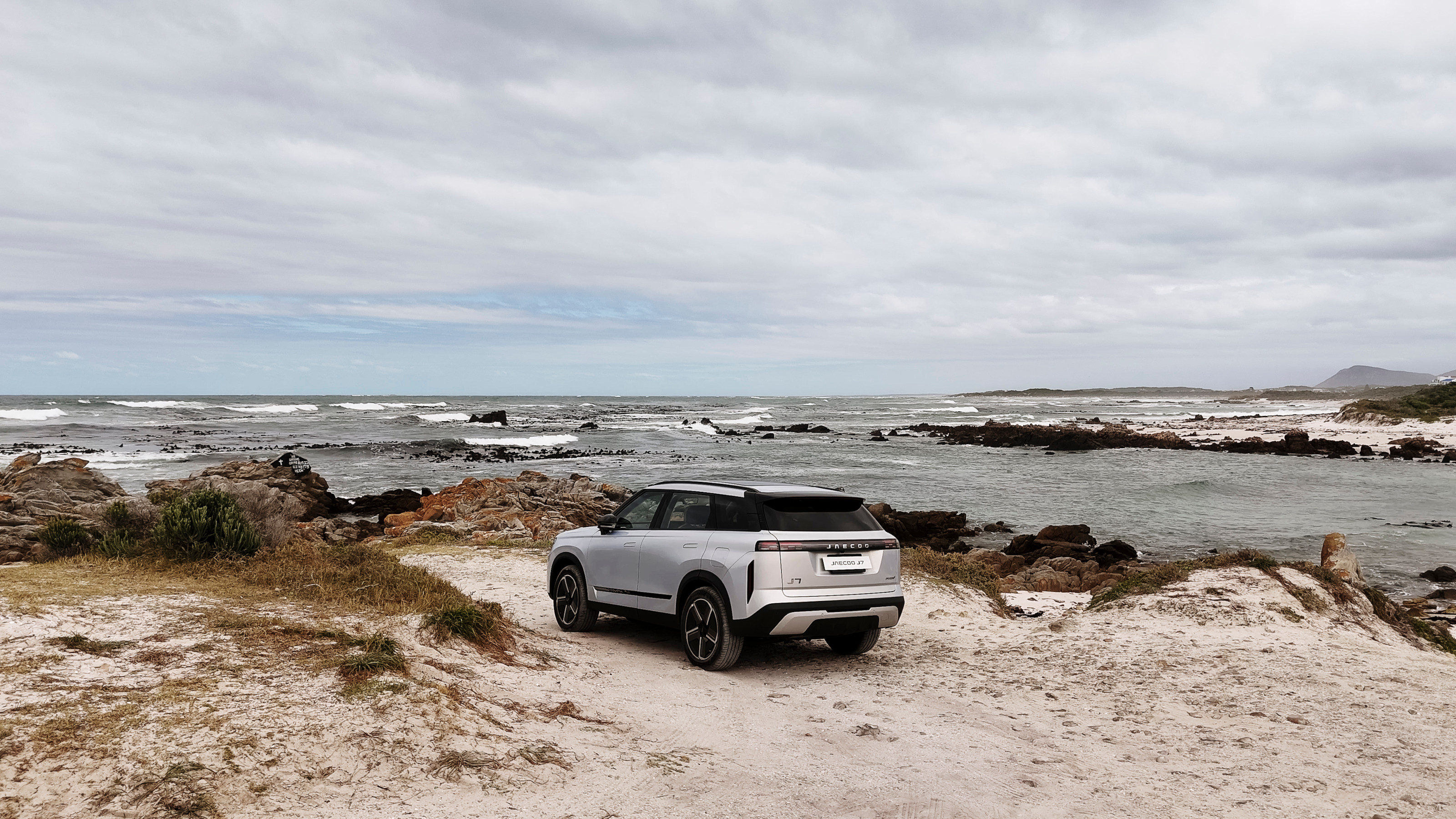 We take the new Jaecoo 7 SUV along South Africa’s famous Garden Route
We take the new Jaecoo 7 SUV along South Africa’s famous Garden RouteEndurance, efficiency and economic soft power, Wallpaper* experiences China’s new SUV challenger on a gentle safari across South Africa
By Adam Hay-Nicholls
-
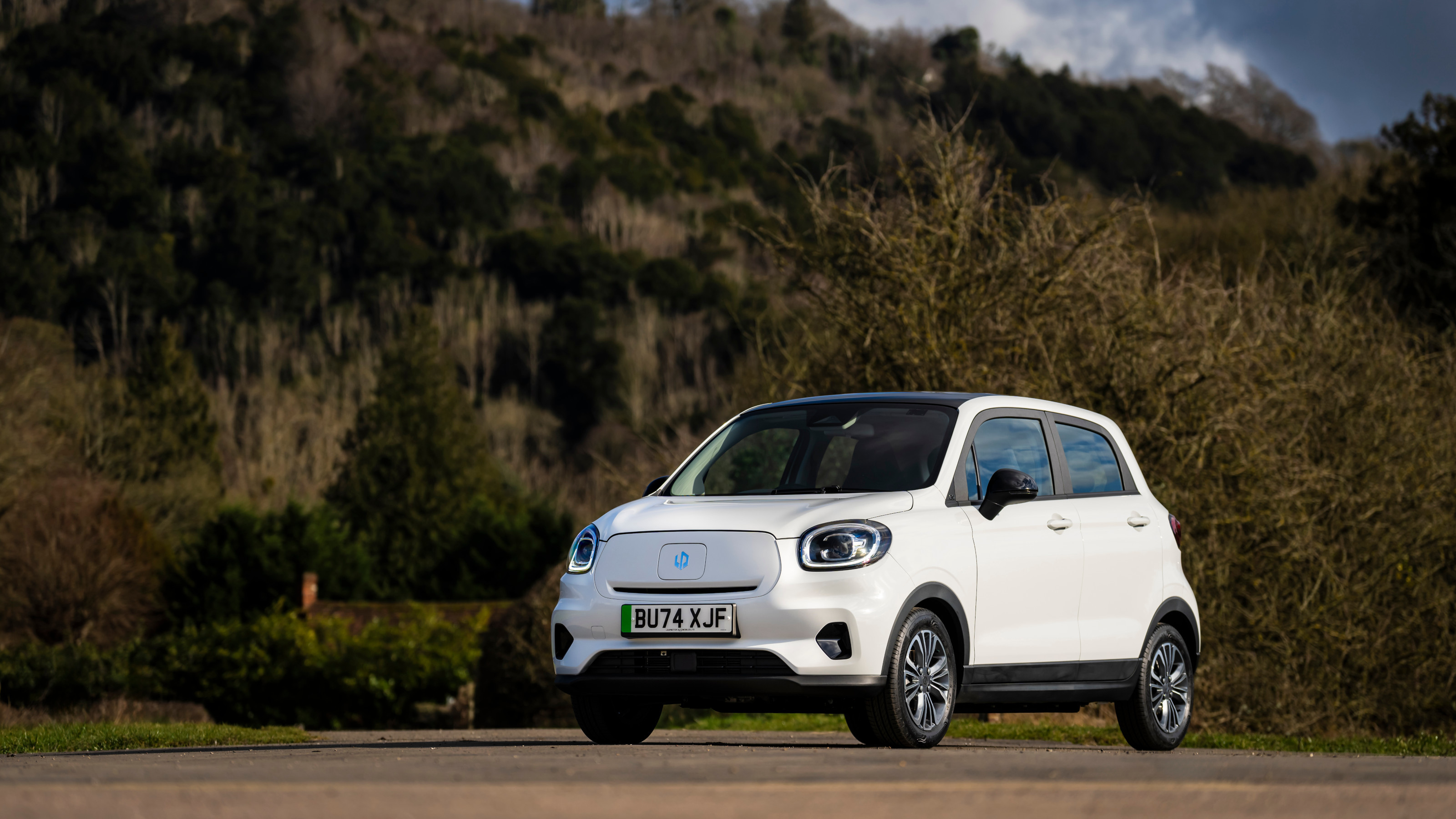 China’s Leapmotor pounces on the European car market with its T03 city car and C10 SUV
China’s Leapmotor pounces on the European car market with its T03 city car and C10 SUVLeapmotor’s tiny electric city car could be just the tonic for cramped urban Europe. We sample the T03 and its new sibling, the fully loaded C10 SUV, to see if the company’s value proposition stacks up
By Jonathan Bell
-
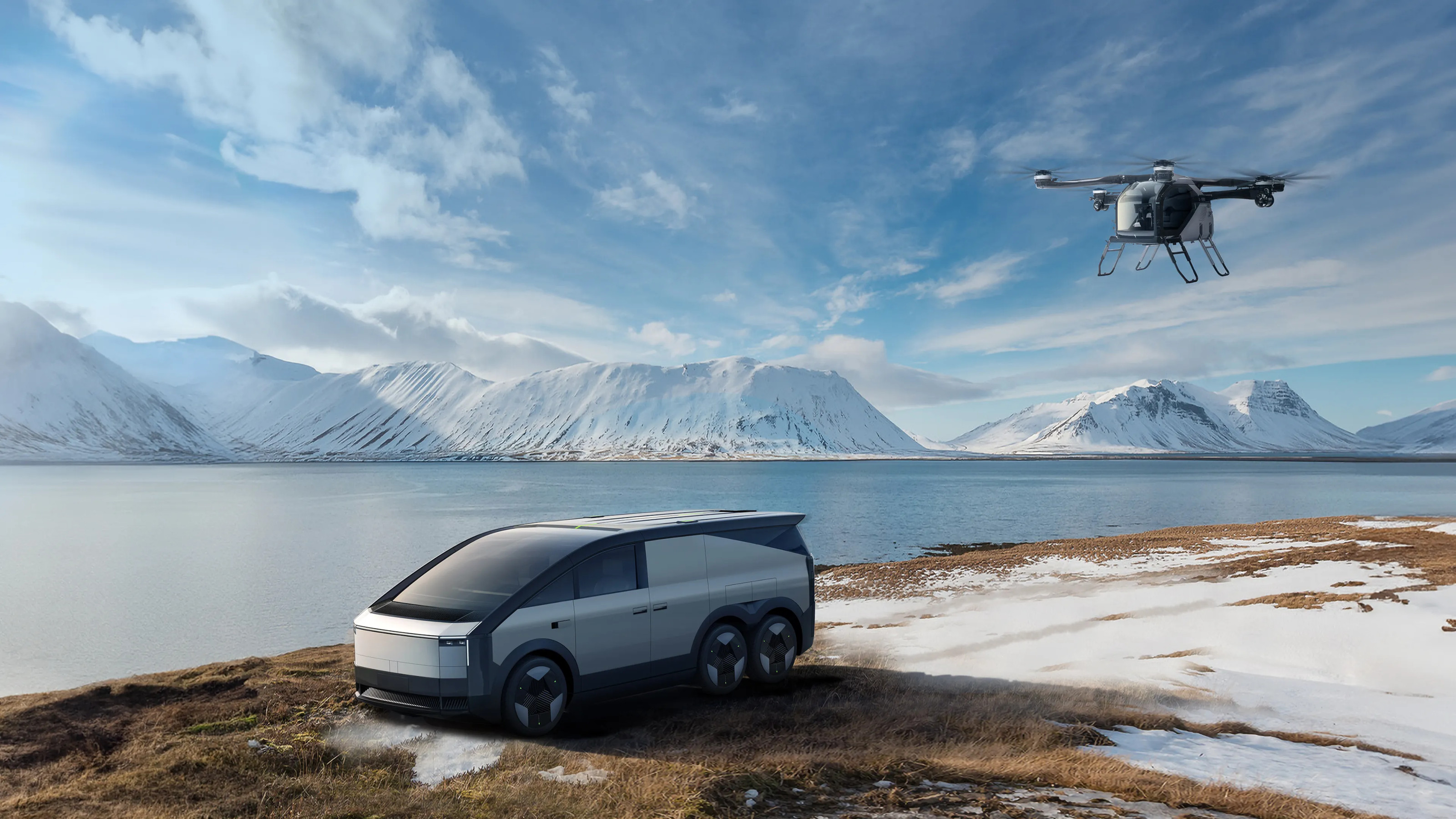 Taking off? XPeng Aero HT promises world’s first all-electric ‘Land Aircraft Carrier’
Taking off? XPeng Aero HT promises world’s first all-electric ‘Land Aircraft Carrier’Six wheels, six rotors, four seats and an aesthetic that bests even the boldest futurologist – Chinese manufacturer XPeng looks to the skies with this truck and its onboard flying machine
By Jonathan Bell
-
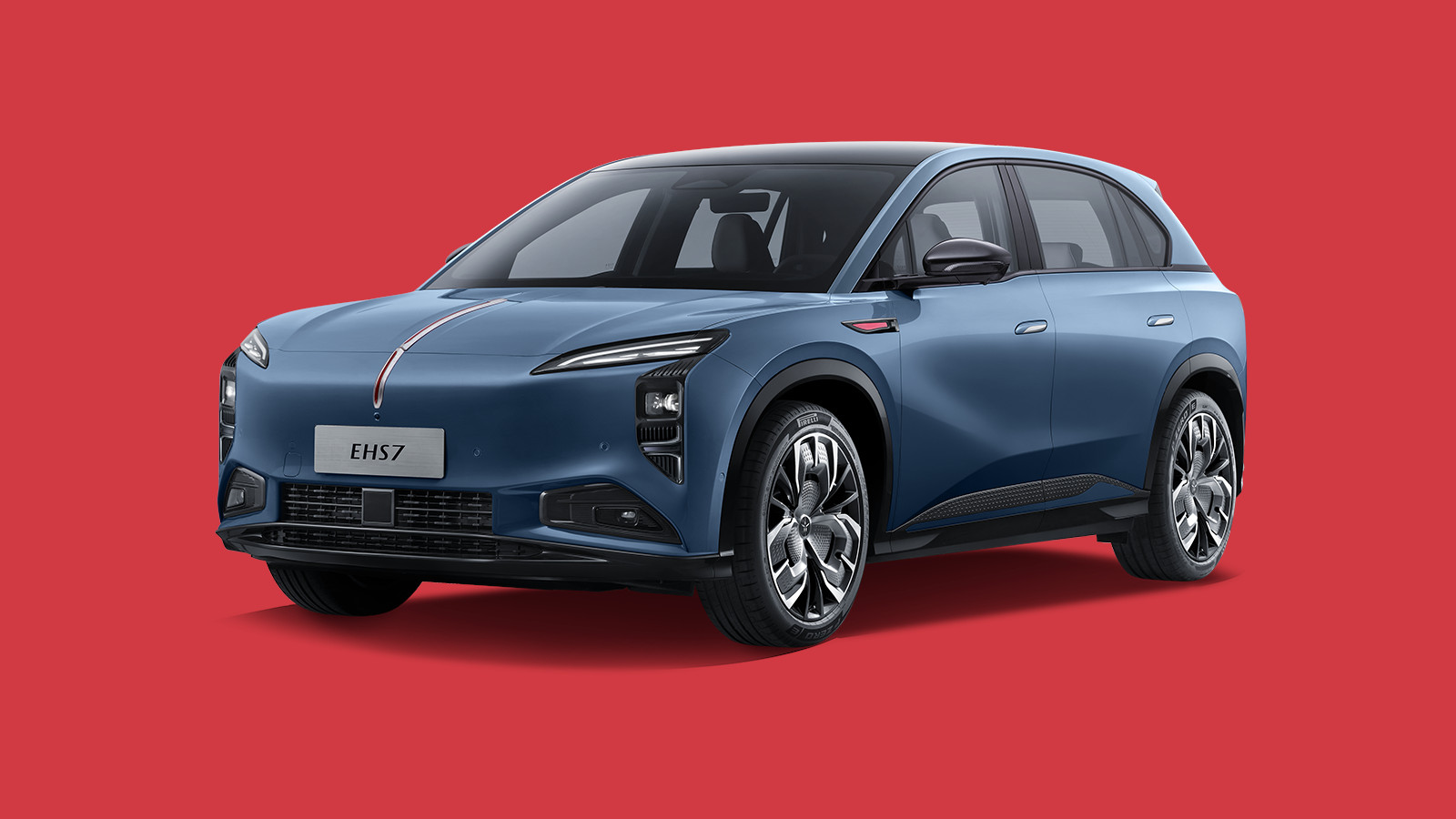 Hongqi’s Giles Taylor on the Chinese car maker's imminent arrival in the UK
Hongqi’s Giles Taylor on the Chinese car maker's imminent arrival in the UKHongqi makes China's state limousines. By 2026, it'll have a pair of premium EVs on UK roads. Giles Taylor, its VP of design, tells us about its design approach, and ambition in Europe
By Aysar Ghassan
-
 Volvo EM90 is the brand’s all-electric first foray into the Multi-Purpose Vehicle
Volvo EM90 is the brand’s all-electric first foray into the Multi-Purpose VehicleSo far only China will get the new Volvo EM90 MPV; we think it has global potential
By Jonathan Bell
-
 Hong Kong Boundary Crossing building by RSHP and Aedas takes travel to a new level
Hong Kong Boundary Crossing building by RSHP and Aedas takes travel to a new levelBy Ellie Stathaki
-
 Maverick car designer Chris Bangle on China’s electric answer to megacity commuting
Maverick car designer Chris Bangle on China’s electric answer to megacity commutingBy Nargess Banks
-
 Meet the start-ups shaking up China’s automotive landscape
Meet the start-ups shaking up China’s automotive landscapeBy Jonathan Bell